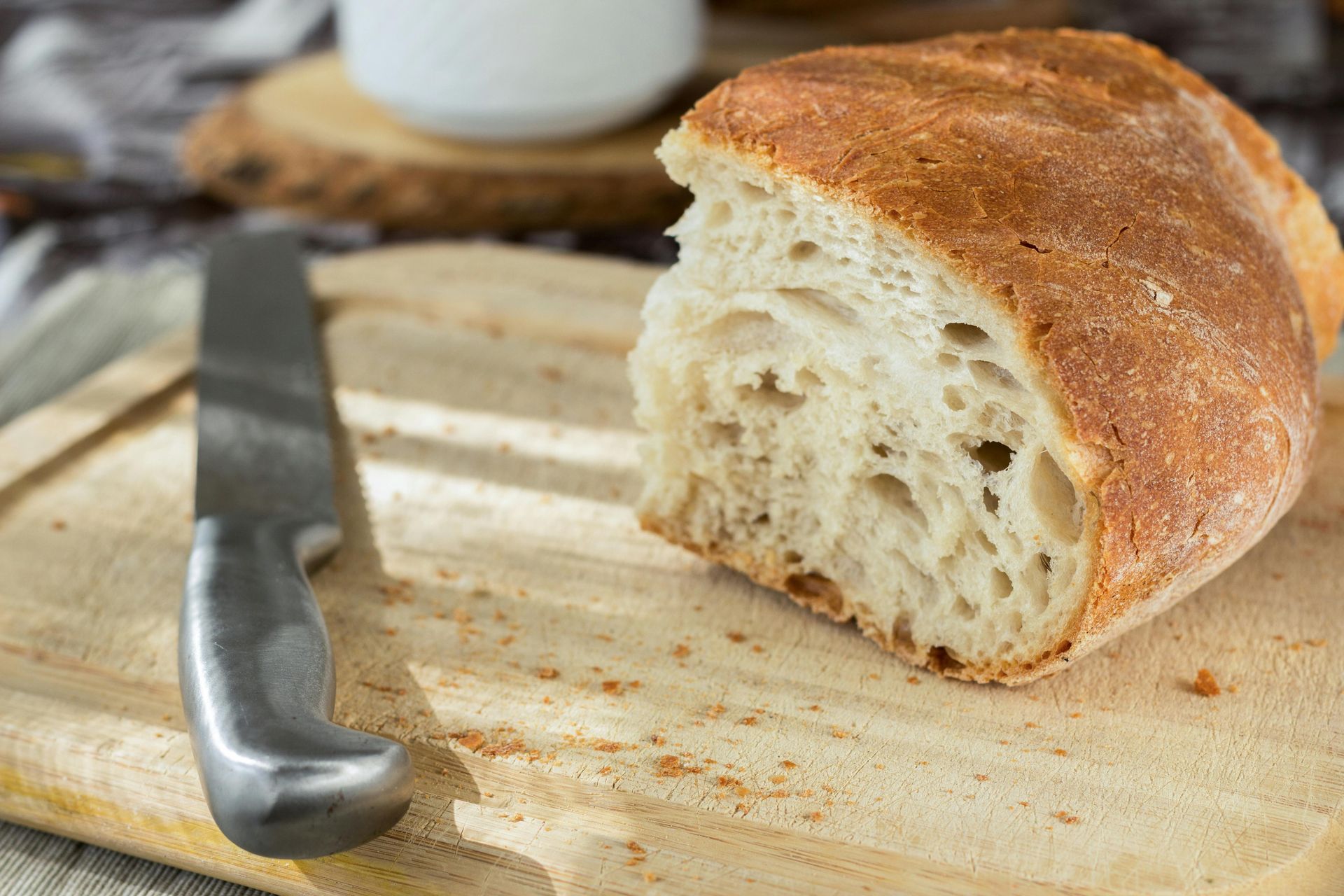4 Ways to Get More Fibre
Written By: Mairead, Registered Dietitian
Fibre is an important part of a healthy balanced diet!
It helps with regular digestion (yay healthy poops!) and can improve our heart health. Fibre also helps us stay full and can help keep blood sugars more stable. The recommended amounts are 25g per day for women and 38g per day for men - that's a lot!
When we're increasing our fibre intake, we want to make sure we do it slooooowwwlllyyy. Increasing fibre too much too fast can cause stomach and bowel upset, but this is usually resolved pretty quickly if you back off the fibre temporarily and make sure you're well hydrated.
So how do we get more fibre in our diet so we can get all the great benefits? Read on!
Make half of your plate vegetables and fruit!
Vegetables and fruit are all great sources of fibre. Cooked or raw, you will still get all the great benefits of fibre from them.
Try adding vegetables to your eggs at breakfast, raw fruits or vegetables at lunch, and your favourite roasted vegetables or salad at supper. Even adding fruit to desserts can help bump up the fibre of foods that would otherwise not have any.
Include more legumes in your meals!
Legumes include beans, lentils and chickpeas. These plant-based protein options are all super high in fibre!
Try adding them to your favourite stews or soups this winter, use them to bulk up tacos or burritos, or use them to make a hearty salad. Canned options can be super convenient - just open, drain, rinse well, and use. Dried beans can be less expensive but do require more prep to be ready to eat.
Choose whole grains!
Whole grains are those that haven't been as refined, and retain most of their original nutrition, including their fibre intake.
Choose breads, crackers, and cereals that are made with whole grains. Try making cooked oats or overnight oats for breakfast. Include quinoa, barley, or brown rice as a side dish, or even try mixing them with white rice for a fibre boost.
Practice reading labels!
The nutrition facts panel on processed foods will always tell you how much fibre is in each serving.
Check your favourite foods to see if they're a good source of fibre, and compare to other products to see if there's options that might have more. Use the percent daily value - the percentage to the far right of the fibre number on the nutrition facts panel. If that percentage is under 5%, the food is low in fibre per serving. If it's over 15%, it's high in fibre.
Increasing your fibre intake can have lots of great benefits! By eating more produce, legumes, and whole grains, and practicing label reading, you can easily work towards your fibre goals!
Looking for more personalized nutrition advice? Let's chat! Email mairead@degreefitnessseaforth.com or click HERE to learn more about our Nutrition Programs!



POLICIES
CONNECT
Contact Us
Thank you for contacting us!
We will get back to you as soon as possible.
Oops, there was an error sending your message.
Please try again later.
All Rights Reserved | Degree Fitness Seaforth
